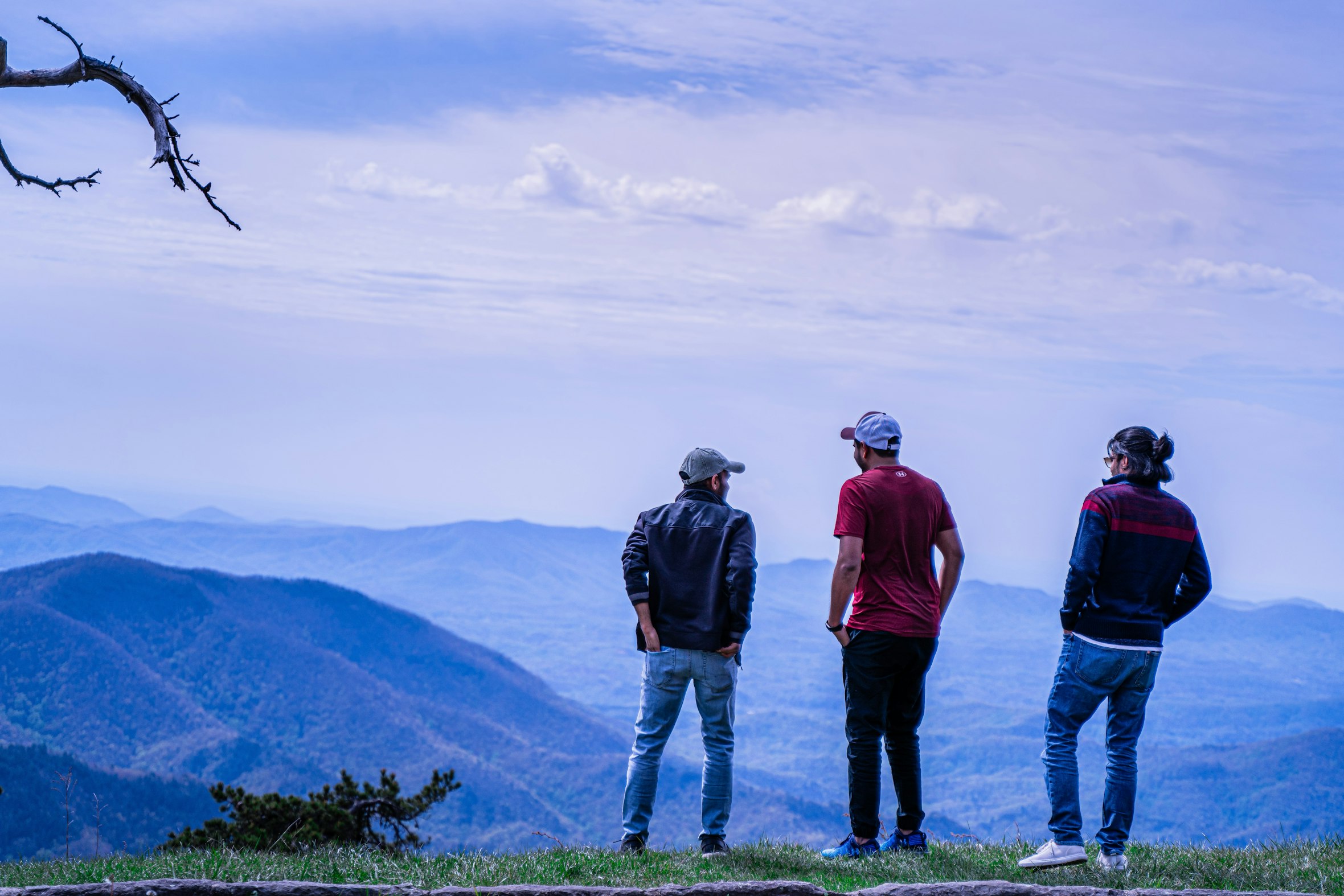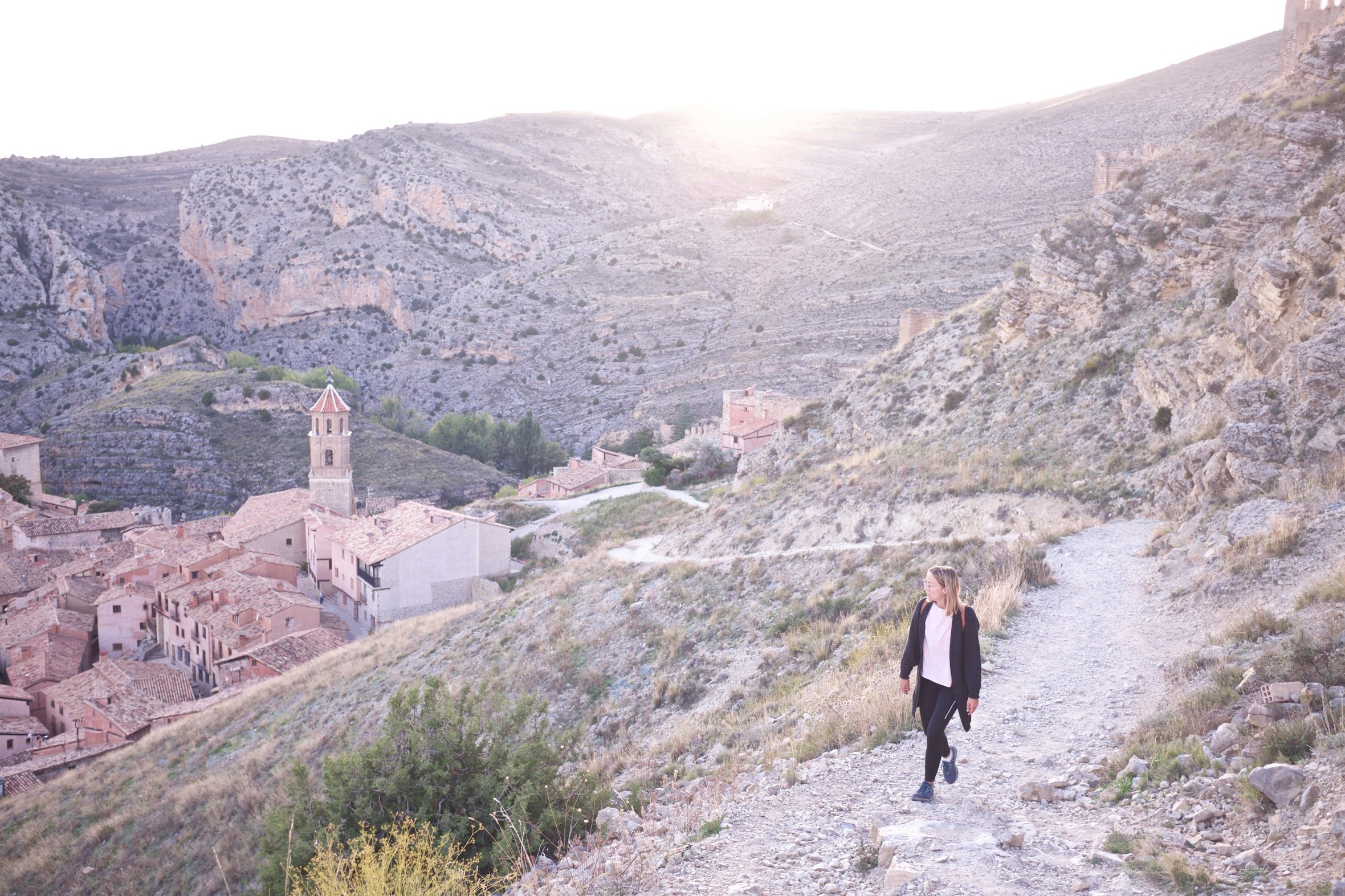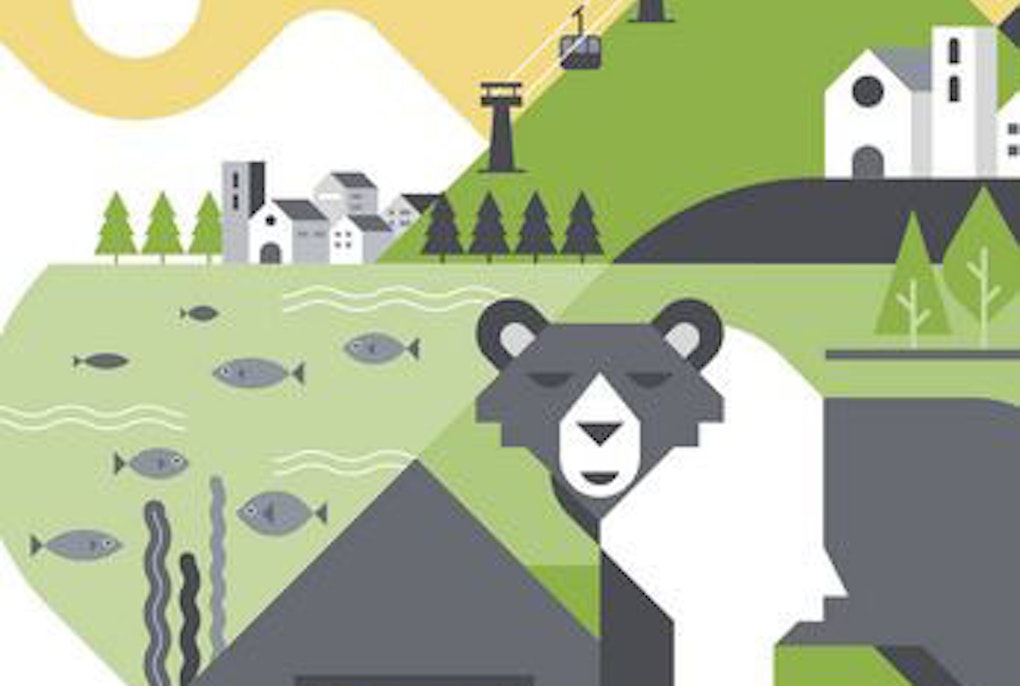
Youth and mountains: a peak of attractiveness?

"I would like to live in a clean mountain, but above all a repopulated one” says a young farmer from Piedmont region, Italy, in Euromontana's new report Being young in a mountain area: Mountain youth’s needs in 2022 and aspirations for the future. But do young people want to live or settle in the mountains? How can policies make mountain areas attractive? As the European Year of Youth starts, Euromontana, the European Association of Mountain areas, provides an insight of young people's appetite for life in the mountains and draws some lessons for the future of these territories.
Mountain areas are attractive for young people
Euromontana’s report is based on the questionnaires collected among 1134 mountain young people between 18- and 29-years old from 18 European countries. The survey aimed at understanding the needs and aspirations of mountain youth. Looking at the attractiveness of our regions, 66% of young mountain people at European level say they want to continue living in the mountains in the future. They do especially value the quality of life and the contact with nature. It is also interesting to observe that the COVID-19 epidemic could encourage more young people to settle in a mountain area. Among the young people who do not live permanently in the mountains - but often go there, for example to visit friends or to go hiking - 5% told us that in the future they would like to live in the mountains and that this desire was greatly influenced by the COVID-19 crisis. Looking at national results, this is especially the case in Italy, where 17% of young people have come up with this life plan since the pandemic. In this respect, Italy is, among all the countries covered by the Euromontana survey, the one where young people seem to be the most attracted to mountain areas since the pandemic. The possibilities offered by widespread teleworking obviously seem to play a role in this trend, although these practices are not applicable to all activity sectors.
 Photo: Euromontana | All rights reserved
Photo: Euromontana | All rights reservedYoung people seek sustainable mountains
Overall, young people want to live in the mountains in the future. But which mountain do they want to live in? What are their priorities? What is their ideal vision for the mountains of tomorrow? This is what Euromontana sought to find out through a quantitative and qualitative survey. Young people have ideas to build the mountain of tomorrow, they want to participate in local life and bring their voice to the table. Their ideal vision of the mountain for 2040 is a territory resolutely sustainable environmentally, socially and economically. The environment plays a central role in the views of young mountain people. In the top 3 of things they would like to see more of in the mountains, they place more wilderness, more behaviour changes to protect the environment and more action to fight climate change. Young people are also concerned about socio-economic matters. They imagine a mountain where the diversified economy would offer more jobs and where local life would be revitalised by the arrival of newcomers, especially young people. This particularly holds true in Italy, where 95% of respondents say they want to welcome new inhabitants to their territory. Still in Italy, we observe a clear demand from young people for economic diversification. Young people regret not being able to easily find a job in the mountains that is compatible with their degree and deplore the fact that most of the economy and employment is based on tourism.
 Photo: Unsplash | All rights reserved
Photo: Unsplash | All rights reservedThe provision of services remains challenging in the mountains
One of the striking dichotomies in this study is that young people tell us on the one hand that they want to continue living in the mountains because they enjoy the quality of life there, but on the other hand we see significant levels of dissatisfaction over the provision of services. Mobility and education for example account for most of the defection of young people in all the countries surveyed. Mobility is a crucial issue in the mountains and yet 52% of young mountain people at European level tell us that in their region the public transport offer is either unsatisfactory or non-existent, and this rises to 67% in Italy and up to 91% in Norway. Access to education and training, both initial and lifelong, is also considered very poor by our respondents. 73% of young people from Romanian mountains tell us they can barely access education opportunities in their region. In other countries, such as Italy, Norway or Spain, this represents half of young respondents. Apart from these two constant elements, each country in the survey has specificities (which is why 6 country factsheets are available, for France, Italy, Norway, Poland, Romania and Spain). In the case of Italy, there are specific complaints about services. For example, only 35% of young people are happy with the cultural offer, while they are 65% at European level and even 87% in Norway.
 Photo: Unsplash | All rights reserved
Photo: Unsplash | All rights reservedEnsuring political impact
At the beginning of the European Year of Youth, this report brings the voice of mountain youth on the table and provides an insight for decision makers at all levels. Young people are the future of mountains, it is therefore up to the authorities to best respond to their needs in order to maintain the attractiveness of our territories. Policy makers must commit to the concrete implementation of the European Union Communication on the Long-Term Vision for Rural Areas in order to drive mountain areas towards further sustainable development, create education and employment opportunities, tackle brain drain and ensure the provision of services for local communities. In the coming years, the European Rural Observatory, whose creation has been announced in the Vision, should also help in providing data on post-COVID-19 population movements to know whether more young people moved to mountain villages as a result of the pandemic. Above all, we are at the dawn of a new programming period for European policies and funds that can give regional and local decision-makers the means to support young mountain people. Montana174 has for example illustrated how useful Cohesion Policy funds can be in supporting youth entrepreneurship, training new generations for the professions of tomorrow, and helping young people to find their first job in the mountains. The question of mountain attractiveness for young people is relevant at all political levels and will therefore be further explored by mountain stakeholders at the XII European Mountain Convention, on “Smart mountains: how to make our territories attractive and future-oriented?”, which will take place on 25-26-27 October 2022 in the Italian Natural Park and Biosphere Reserve of Sila.

Citation
This content is licensed under a Creative Commons Attribution 4.0 International license.


